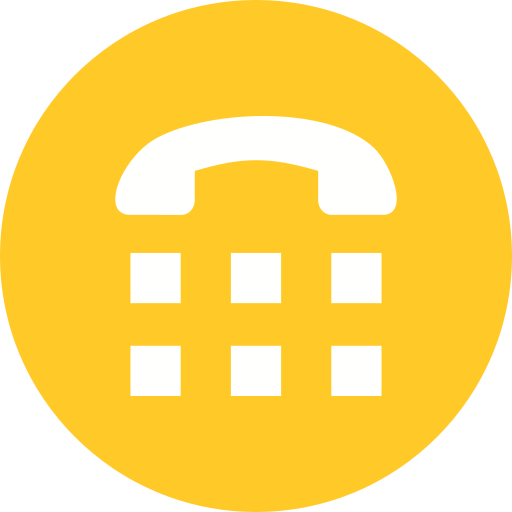EMBEDDED SYSTEM Course Online
Learn Embedded System
Bharatskillz Embedded System Internship Program to give a boost to your Career.
- 21 hours on-demand video
- 15 articles
- 55 downloadable resources
- Access on mobile and TV
- Full lifetime access
- Certificate of completion
Become an Expert in
EMBEDDED SYSTEM
Over 200 students have already registered for the next batch!
- Still have any doubt?
- Need info on the upcoming batch?
- +91-8287357114
- Microcontroller Based Embedded System Design. Salient Features of Modern Microcontrollers. Elements of Microcontroller Ecosystem and their significance.
- Introduction to Embedded Systems and Computer Systems Terminology. Modular approach to Embedded System Design using Six-Box model: Input devices, output devices, embedded computer, communication block, host and storage elements and power supply.
- Design of Power Supply for Embedded Systems. Linear Regulator Topologies. Switching Power Supply Topologies. Power Supply Design Considerations for Embedded Systems.
- Introduction to MSP430 Microcontroller. MSP430 CPU Architecture. Programming Methods for MSP430. Introduction to Lunchbox Platform.
- Fundamentals of Physical Interfacing. Connecting Input Devices:Switches, Keyboard and Output devices: LEDs, Seven Segment Displays(SSD). Assignment: MCQ/MSQ
- Advanced Physical Interfacing: Driving load – high side, low side and H-bridge. Multiplexing displays including Charlieplexing. Shaft encoder.
- Programming the MSP430. Basics of version control system – Git. Installing and using Code Composer Studio(CCS). Introduction to Embedded C. Interfacing LEDs and Switches with MSP430 using Digital Input and Output.
- MSP430 Clock and Reset System. MSP430 Clock sources and distribution. Types of Reset sources. Handling Interrupts in MSP430. Writing efficient Interrupt Service Routine (ISR).
- No Prior AI Knowledge Required
- Working Internet Connect.
Bharatskillz has crafted this program to guide individuals aspiring for a career as Embedded Systems professionals. The course delves into the fundamentals of embedded system hardware and firmware design. It covers crucial aspects such as embedded processor selection, hardware/firmware partitioning, circuit design, layout, debugging, development tools, firmware architecture, design, and debugging. The program also explores the architecture and instruction set of microcontrollers. Each student will have the opportunity to build and debug a wire-wrapped microcontroller board as part of the hands-on learning experience
Top companies offer this course to their employees
This course was selected for our collection of top-rated courses trusted by businesses worldwide.



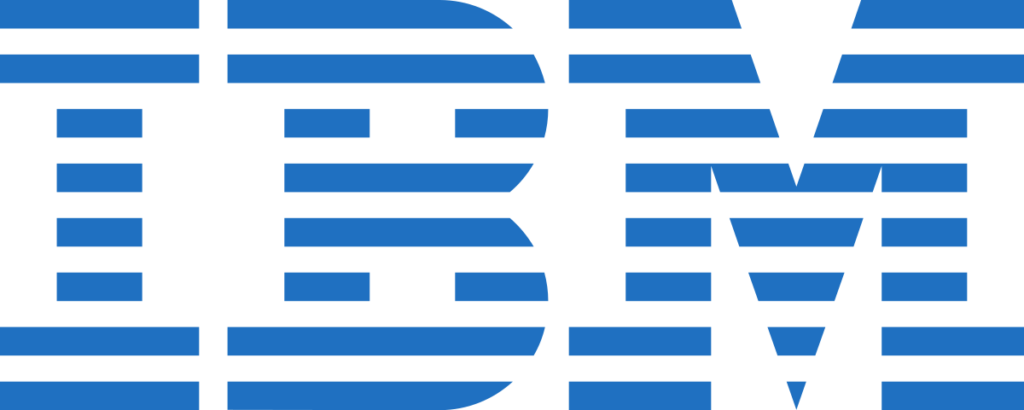
EMBEDDED SYSTEM Course Syllabus
- Number Systems
- Boolean Algebra
- About Basic Electronic Components
- Data sheets, power supplies, voltage regulators. Thermal considerations, heat sinks, parts kits.
- Introduction to Embedded Systems Laboratory and equipment.
- Logic probes, voltmeters and oscilloscopes; Debugging using logic analyzers, state and timing information.
- Designing with tolerances and margins, part variations and substitutions, reliability/part count.
- Interfacing different logic families, fan out, signal buffering, noise margins, pull ups/pull downs.
- Overview of board development process, wire wrapping and soldering.
- Schematics and wiring diagrams, recommended practices, CAD tools.
- Board layout considerations, signal integrity (noise, crosstalk, etc.) and decoupling techniques.
- Manufacturing and test engineering, PCB design, ground and power planes, EMI, EMC
- C Basic data types
- Programming constructs
- Functions in C
- Data Structures
- Advanced topics
- Overview of the C standard library
- Embedded System Oriented Topics
- MISRA C ― Designing Safer C Programs
- Basics of event driven programming
- Embedded systems descriptions, definitions, and vocabulary.
- Embedded system design considerations and requirements.
- Processor selection and tradeoffs.
- Microprocessor/microcontroller architectures and instruction sets, 8051 architecture.
- Design cycle, planning a development project, derivation of requirements, tradeoffs.
- Oscillators and reset circuits. Microprocessor supervisory circuits, watchdog timers.
- Microcontroller peripherals, selection and interfacing. Core component circuitry (CPU, ROM, RAM).
- 8051 timing diagrams, program read, data read, data write.
- Port pin structure. Controlling port pins in asm. User interface design, human factors. Driving LEDs.
- Timing requirements, propagation delay, setup, hold, rise/fall times, timing analysis. Clock skew.
- Memory selection and interface, SRAM, NVRAM, DRAM, EPROM, EEPROM, Flash.
- Switch debouncing in hardware and firmware, keypad decoding.
- 8051 timers/counters. Interrupts and Interrupt Service Routines (ISRs).
- Serial communication, RS-232/485, line drivers/receivers, charge pumps, terminal emulation, USB.
- EEPROMs, I2C and synchronous serial communication.
- LCDs
- Analog-to-Digital Converters (ADCs), Digital-to-Analog Converters (DACs).
- Motor control, stepper motors, DC motors, PWM, H-Bridges. Case study: hard disk drive.
- Introduction to distributed embedded systems
- Task manager
- Interrupt management
- Time management
- Memory management Inter task communication and synchronization
- pSOS system overview
- pSOS real time kernel concepts
- pNA network manager concepts
- Input output system
- Exploring pRISM environment
- Overview of building a pSOS system application debugger
- Getting Started with LabView, Opening a New VI from a Template
- Adding a Control to the Front Panel, Running a VI
- Front Panel and Block Diagram Tools, LabView Documentation Resources
- Customizing a User Interface from the Block Diagram
- Configuring a VI to Run Continuously until the User Stops It
- Customizing the Block Diagram Code
- Hardware and Software Requirements
- Acquiring a Signal in NI-DAQmx, All Controls and Indicators, All VIs and Functions
- When to Use Other LabView Features
Tools Included
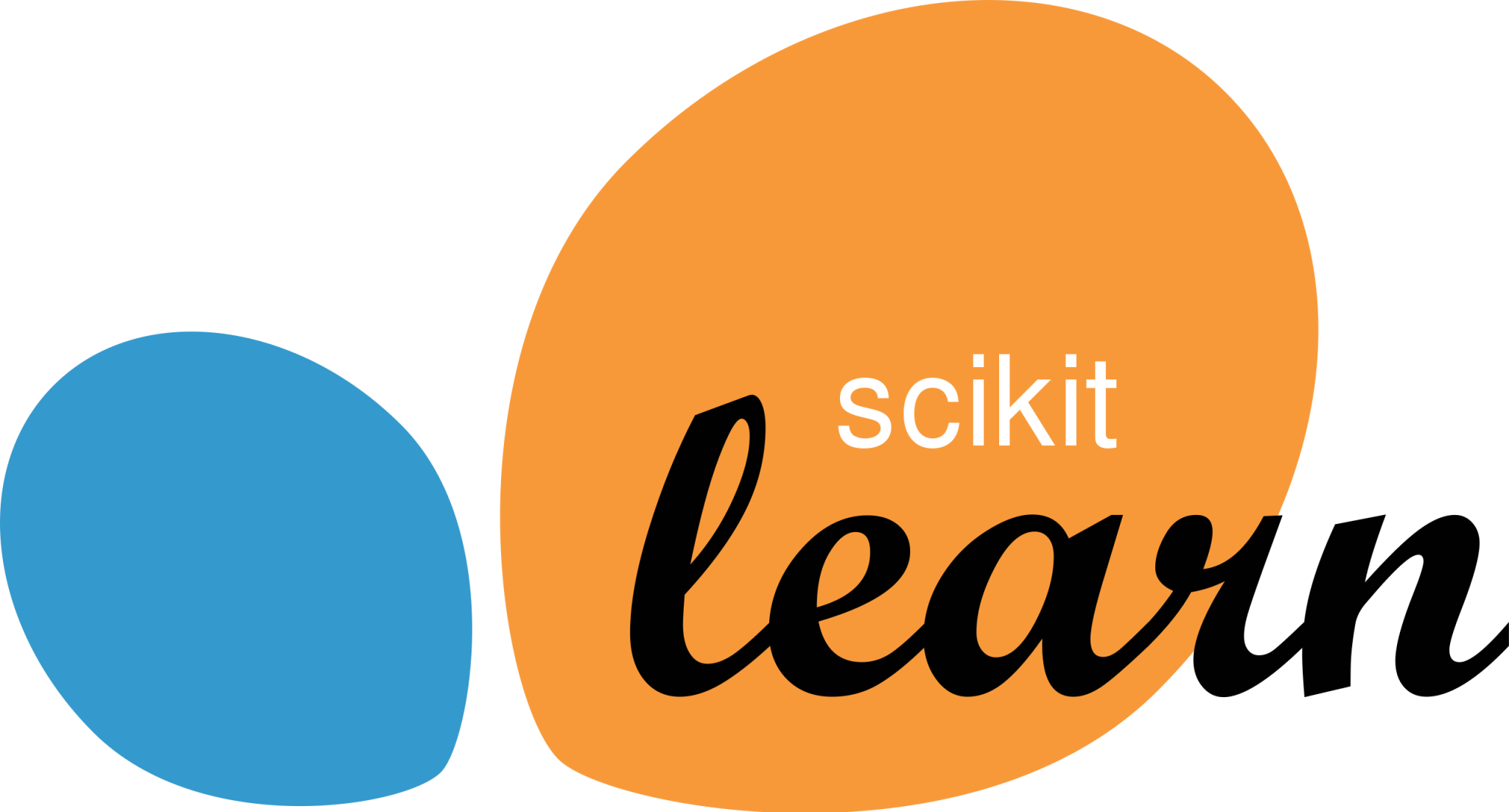
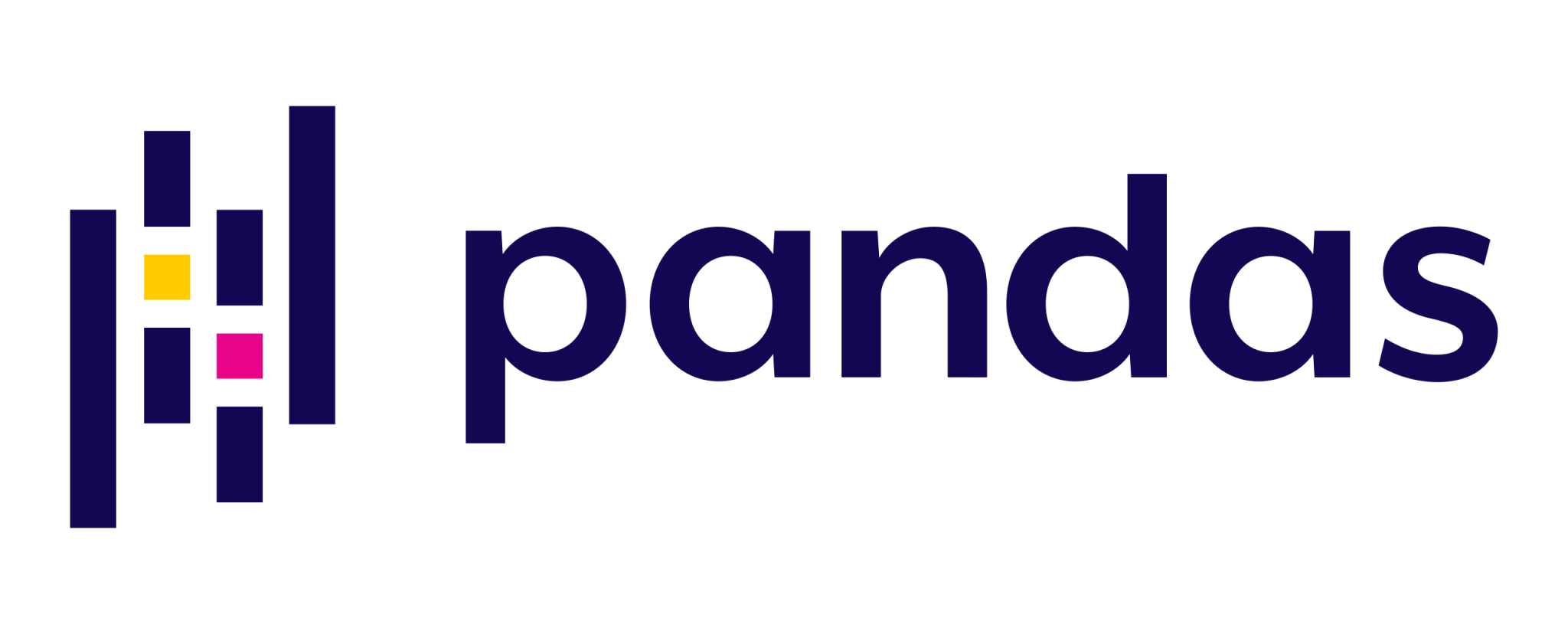
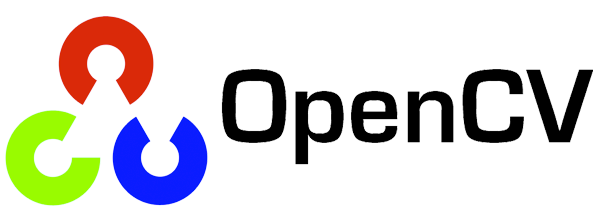
Certificate Included

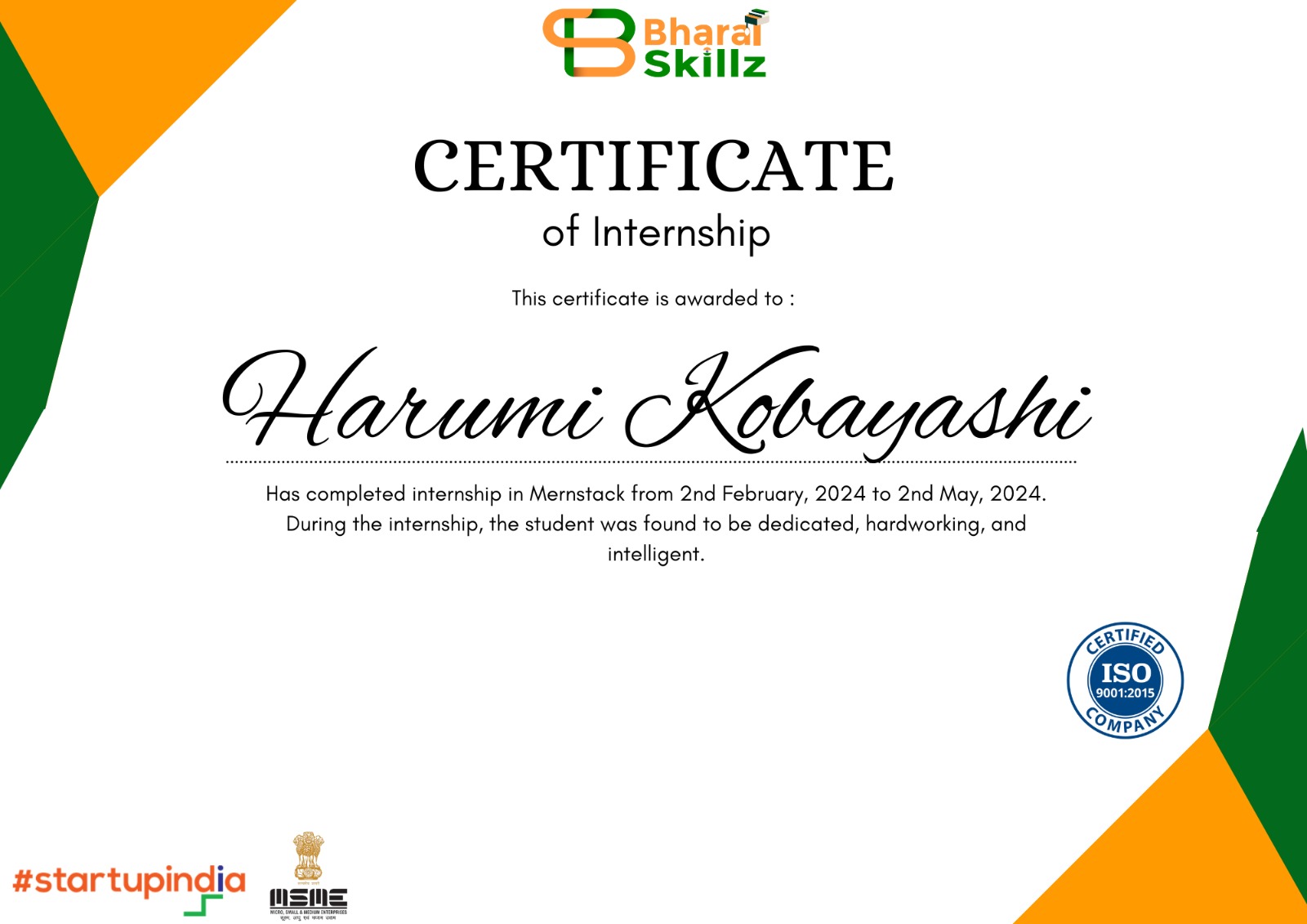
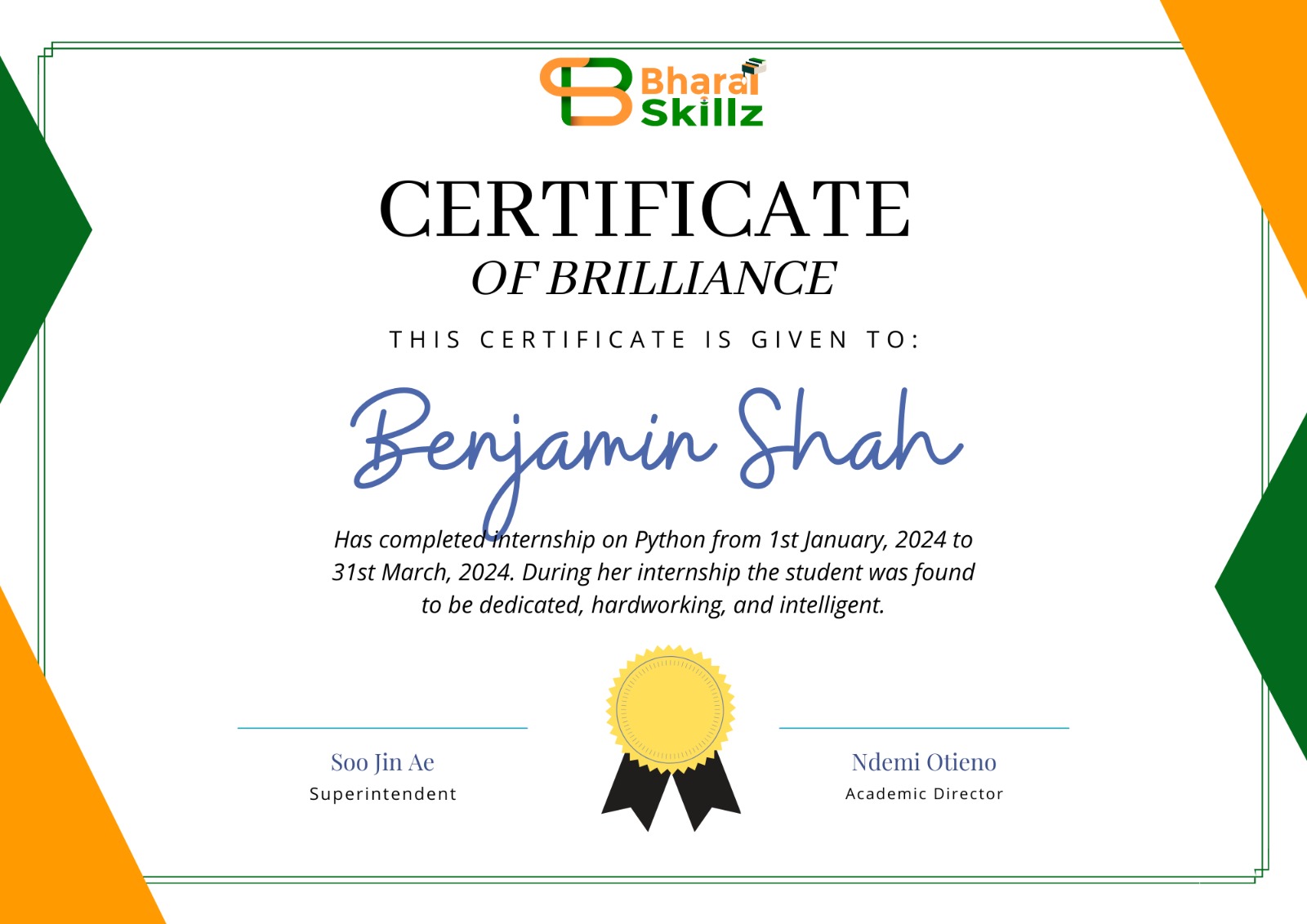
Pricing plans
EMBEDDED SYSTEM Course Fee
Top-quality learning that’s easy on your pocket.

Self Paced
You’ll Get Access to:-
Internship Certificate by Co-Branded Company
-
1 Minor + 1 Major project
-
LIVE INTERACTIVE SESSIONS
-
Recorded Modules
-
25+ hours of video content access
-
Certificate on successful completion
-
Training Certificate from Bharat Skillz
Mentor Led
Everything in Self Paced, Plus:-
Internship Certificate by Co-Branded Company
-
1 Minor + 1 Major project
-
LIVE INTERACTIVE SESSIONS
-
Recorded Modules
-
25+ hours of video content access
-
Certificate on successful completion
-
Training Certificate from Bharat Skillz
FAQ's
At Bharat Skillz, we’re committed to delivering top-notch support—your questions are our priority.

Python basic Python concepts & terms Python fundamentals Python data structure & modules
Pandas & visualization
Introduction to probability theory Distribution central limits theorem & hypothesis testing
Introduction to Artificial intelligence Applications of Artifiticial intelligence Hands on work with Python
Introduction to Neuron deep learning (basics & scope) Evolution of deep learning Applications of Deep learning Machine learning Vs. Deep learning Techniques & types of deep learning Introduction to ANN
Neuron Diagram Neuron Models & NETWORK FUNCTIONS of Neurons activation Functions of Gradient descent & Stochastic Ramp function & sigmoid function & Gaussian function
Perceptron & multilayer network Backpropagation Deep neural network installing libraries Creating ANN python Training the model
Introduction to open Cv (Image processing) Learning basic image manipulations Introduction to CNN CNN Institution Convolution Operation pooling Flattering building a CNN using python Training the model
Introduction to open Cv (Image processing) Learning basic image manipulations Introduction to CNN CNN Institution Convolution Operation pooling Flattering building a CNN using python Training the model
Become an expert in EMBEDDED SYSTEM and Land a Job.
Don’t hesitate to contact us
![7803722 [Recovered]-05](https://bharatskillz.com/wp-content/uploads/2024/06/7803722-Recovered-05.png)
